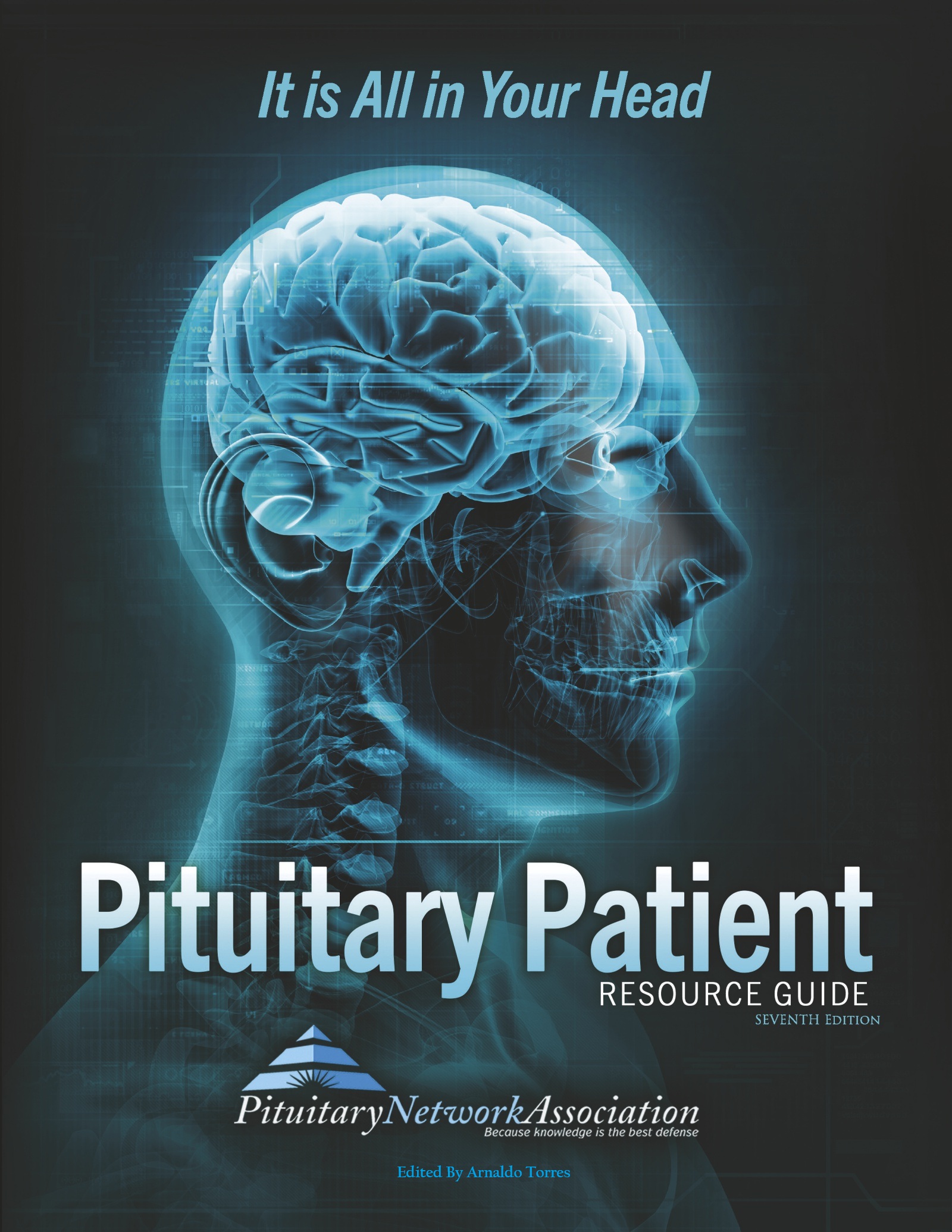Glossary Index by Letter
Claustrophobic
A morbid fear of being in a confined place. Claustrophobia; suffering from an abnormal dread of being in closed or narrow spaces.
Clinical
That which can be observed in patients. Research that uses patients to test new treatments, as opposed to laboratory testing or research in animals. Clinical research is research that either directly involves a particular person or group of people or uses materials...
Clinical Cooperative Group
A group of academic institutions and treatment centers cooperating to perform clinical research and clinical trials. The Clinical Trials Cooperative Group Program brings researchers, cancer centers, and doctors together into cooperative groups. These groups work with...
CNS
Central Nervous System. The central nervous system (CNS) is made up of the spinal cord and brain. The brain receives nerve impulses from the spinal cord and cranial nerves. The spinal cord contains the nerves that carry messages between the body and the brain. Spinal...
CO
Childhood onset: adult patients with growth hormone deficiency from childhood. Childhood onset as in adult patients with growth hormone deficiency occurring in childhood. Also referring to childhood onset diseases such as type 1 diabetes.
Colonoscope
An instrument which allows visualization of the inside of the colon. A thin, tube-like instrument used to examine the inside of the colon. A colonoscope has a light and a lens for viewing and may have a tool to remove tissue.
Colonoscopy
Procedure to examine the colon and rectal tissues by means of an instrument known as a colonoscope. Visual examination of the inner surface of the colon by means of an instrument for the examination of the interior of the colon -- the division of the large intestine...
Congenital
Existing before or at birth. Consisting at or dating from birth. Acquired during development in the uterus and not through heredity.
Congenital Adrenal Hyperplasia
21-hydroxylase deficiency (also known as congenital adrenal hyperplasia) An inherited disorder that affects the adrenal glands. These glands are located on top of the kidneys and produce a variety of hormones that regulate many essential functions in the body. Two of...
Contrast Agent, Contrast Medium
Substances used in radiography that allow visualization of certain tissues. Any internally administered substance that has a different opacity from soft tissue on radiography or computed tomography; includes barium, used to make opaque parts of the gastrointestinal...
Cranial Cavity
The skull. The crainial cavity is the boney structure that contains the brain; the largest portion of the central nervous system.
Craniectomy
Surgery performed on the skull where pieces of bone are removed to gain access to the brain, and the bone pieces are not replaced. See craniotomy.
Craniopharyngioma
Craniopharyngiomas are intracranial tumors that are typically both cystic and solid in structure. They occur most commonly in childhood and adolescence and in later adult life after age 50 years. They account for 2-4% of primary brain tumors. Craniopharyngiomas are...
CRH
Corticotropin releasing hormone. Produced by the hypothalamus and stimulates ACTH release by the pituitary gland.
Crohn’s Disease (Also Known As Regional Enteritis
A moderately severe chronic inflammation of the intestine, especially of the small intestine, of unknown cause, involving the obstruction of the lower part of the small bowel and less frequently other parts of the gastrointestinal tract. It is characterized by patchy...
CSF
Cerebrospinal fluid. See Cerebrospinal fluid.
CT or CAT Scan (Computerized Axial Tomography)
An x-ray device linked to a computer that produces an image of a predetermined cross-section of the brain. A special dye material may be injected into the patient's vein prior to the scan to help make any abnormal tissue more evident. Computed tomography, also known...
Cysts
Abnormal sacs containing gas, fluid, or a semisolid material, with a membranous lining. A closed sac having a distinct membrane and developing abnormally in a body cavity or structure. Arachnoid cysts are cerebrospinal fluid-filled sacs that are located between the...
Cytotoxic
Relating to or producing a toxic effect on cells. Capable of killing cells. Cytotoxic chemotherapy is the anticancer drugs that kill cells, especially cancer cells. Cytotoxic T cell is a type of white blood cell that can directly destroy specific cells. T cells can be...
Debulk
A surgical procedure to decrease mass effect by removing a portion of a tumor or dead tissue. See mass effect. Surgical removal of as much of a tumor as possible. Debulking may increase the chance that chemotherapy or radiation therapy will kill all the tumor cells....






